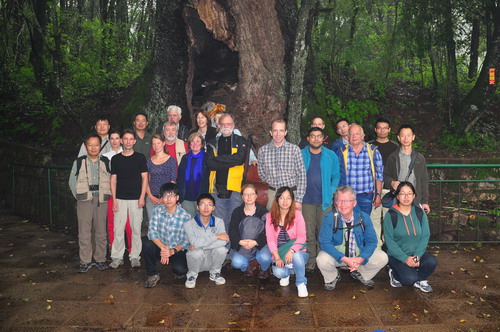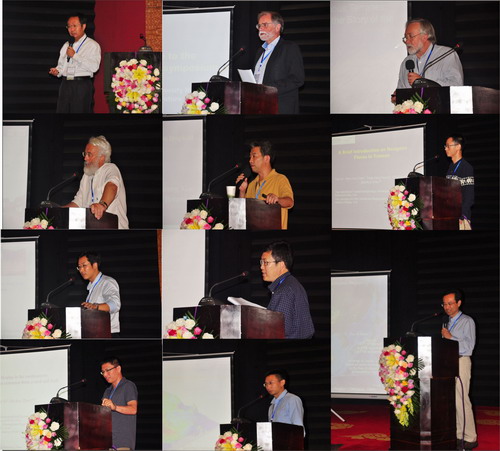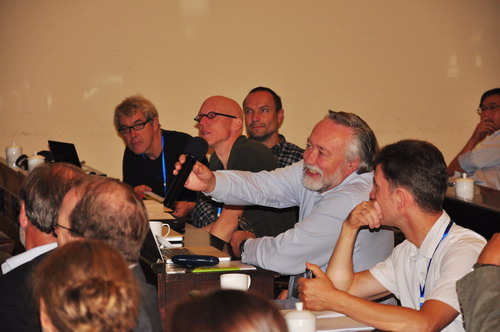The Sino-German Meeting: TheYunnan biodiversity hotspot—its history and
future threats, was held in Kunming, Yunnan on August 4-10. The meeting was funded by the Sino-German Center of the Natural Science Foundation of China (NSFC). The meeting was jointly hosted by Prof. Zhe-Kun Zhou from XTBG and Prof. Volker Mosbrugger from Senckenberg Research Institute and Museum. More than 60 scientists from China, Germany, UK, Japan and Netherlands attended the meeting in Kunming.
39 oral presentations were made during this meeting. The presentations covered such topics as paleoclimatology, paleontology, paleomagnetics, paleoanthropology, biogeography, molecular biology, evolutionary ecology and palynology. Many participants showed their recent research progress, for example, reconstructing paleoclimate and paleoaltitude using fossil plants, the new methods of paleomagnetics, reconstructing paleoenvironment and paleoclimate by isotope, the combination of molecular biology and evolutionary biology, high resolution paleoclimate reconstruction, palynology and paleofire reconstruction. The researchers not only focus on Asia and Europe, but also on other regions, even global area.
The meeting provided an excellent impetus for further Sino-German exchanges. TheParticipants explicitly agreed on continuing and even intensifying the existing cooperation after three-day oral presentations and discussion, because Yunnan represents a key region where the impact of past changes on biodiversity can be exemplified in order to understand ongoing and anticipated changes in biodiversity. Conclusively it was decided to set about a joint major research project focusing on biodiversity of Yunnan, as one of the actual, global biodiversity hotspots. Fruitful and intense discussions have been seen in the meeting, which increased the knowledge about the history and future threats of the Yunnan biodiversity hotspot.
After the meeting, the participants investigated the biodiversity, vegetation and fossil sites in Northwest of Yunnan.

Field investigation

Participants making presentations

Discussion

Field investigation




